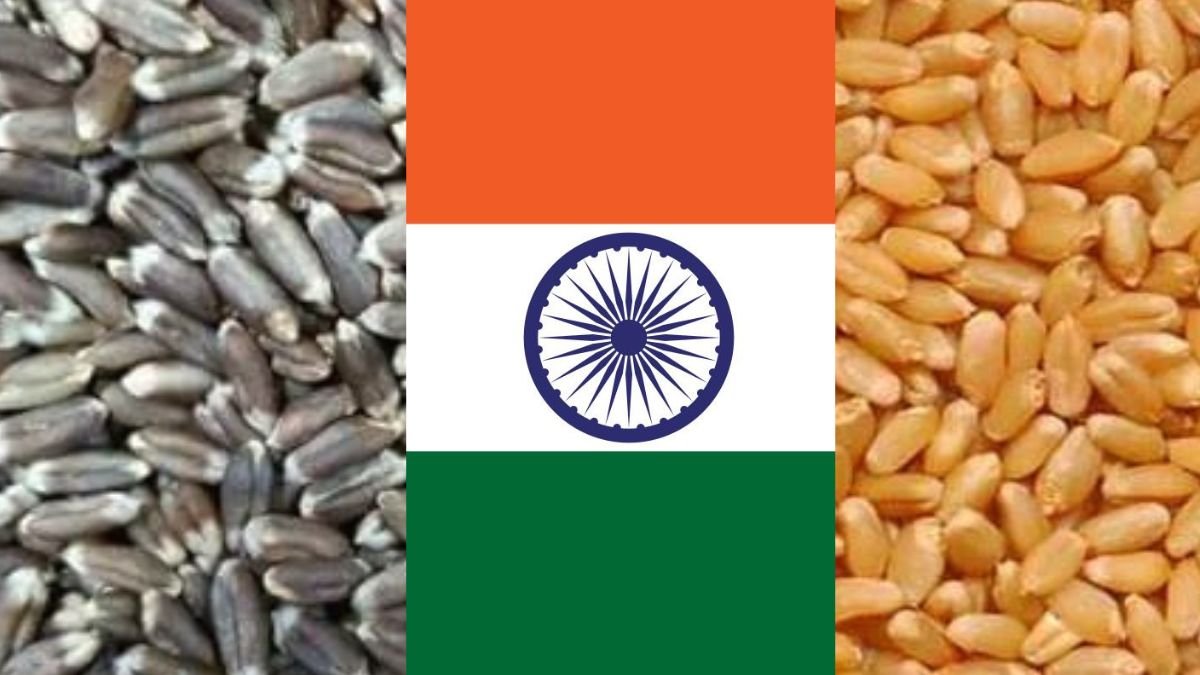In India, the primary differences between black wheat and common wheat lie in their appearance, nutritional content, culinary uses and regional cultivation:
Appearance wheat:
Black Wheat: Black wheat, also known as Kala Gehun or Kali Gehu in Hindi, stands out because of its dark grains, which range from deep purple to almost black. The distinctive color differentiates it from the lighter colored grains of regular wheat.
Normal Wheat: Common wheat, commonly called gehu or wheat, typically has light-colored grains ranging from light brown to golden-yellow.
Nutritional Content black wheat and normal wheat in India :
Black Wheat: Black wheat is known to have high levels of antioxidants, particularly anthocyanins responsible for its dark color. These antioxidants provide potential health benefits, potentially contributing to reducing oxidative stress and inflammation.
Normal Wheat: Regular wheat contains essential nutrients like carbohydrates, proteins, fibre, vitamins and minerals. However, during the refining process to produce white flour, some nutrients may be reduced compared to whole grain varieties.
Culinary Uses black wheat and normal wheat in India :
Black Wheat: In some regions of India, especially in some traditional cuisines, black wheat is used to make special dishes. It can be used in making specialty breads, chapattis (flatbreads), porridges, or other regional dishes, adding a unique flavor and nutrition profile.
Normal Wheat: Common wheat, especially whole wheat, is widely used across India to make chapattis, breads, various Indian sweets, and other traditional dishes. It serves as a staple grain in the Indian diet and is a primary ingredient in many dishes.
Cultivation and Availability:
Black Wheat: Cultivation of black wheat may be limited to specific regions or communities in India, and its availability may be less widespread than that of regular wheat. In some areas it may be considered a specialty or heirloom grain.
Normal Wheat: Regular wheat, especially durum and common wheat varieties, is cultivated extensively in various regions of India and is easily available in the markets, making it a major ingredient in Indian cuisine.
In India, while common wheat is a widely cultivated and commonly used variety due to its wide availability and versatility, black wheat holds importance in some regional cuisines, providing a unique flavor profile to those specific regions. and offers potential health benefits.



